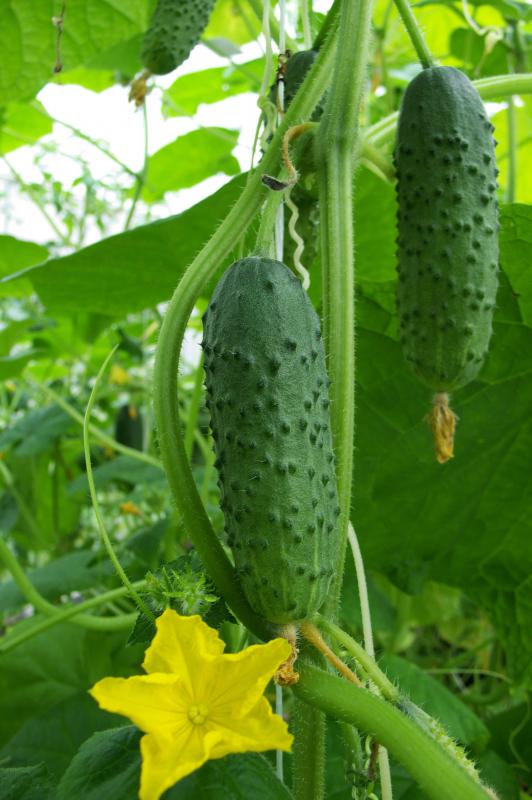| tiny lean-to greenhouse |
According to the paper, with the right growing techniques an unheated greenhouse can be a productive, pollution-free garden asset all year round. After all, it's difficult to square using precious energy to raise, by a few degrees, the temperature of a terribly inefficient at heat-holding structure during the coldest months.

Ideal, beg, borrow - or spy an unwanted greenhouse in someones back garden - and bring it back to life with loving care. But, failing that look at some good websites such as http://www.summergardenbuildings.co.uk/GREENHOUSES/LeanTo?gclid=CJn1zInG27UCFabLtAod8nEAYA
What, no propagator?
Firstly, many seeds germinate quite readily, albeit more slowly, in the fluctuating temperatures of a sun-powered greenhouse. Plastic compost bags, put pots and trays inside the bag and put them on a sunlit piece of staging.
If you sow a lot of seeds, split the bags open and lay them over the pots, black side up (they also preventing compost from drying out too quickly). Seeds that need a warm and constant temperature can come indoors for a bit of pampering.
A window sill in the most inhabited room or the boiler/airing cupboard is ideal (evict the towels!). Check regularly for signs of life then get them into the light straight away.
Freeze and thaw
To guarantee fresh pickings in deep mid winter, you need to stay ahead of the frost game. Once a spell of prolonged freezing weather sets in, and crops have turned dark, sagged and the compost/soil is frozen solid, it's impossible to harvest them until they thaw (they'll snap if you try).
If falling temperatures are forecast, cut some of what you want and store it in the fridge, or move pots of winter salad leaves to a frost-free place indoors.
During milder spells, harvest at will, but keep the vents open and the air moving to deter fungal diseases like grey mould (botrytis). Keep crops on the dry side and only water, sparingly , when they just begin to wilt.
Five to sow now:
Late winter isn't just for gazing at seed and plant catalogues. The following are best sown in pots or trays and, unless the weather's mild, brought indoors to germinate. There's no need to thoroughly soak the compost after sowing (which we went to do for spring and summer sowings), just moisten it lightly.
Once germinated, move seeds back to the greenhouse,k only bringing them indoors on very cold nights. Don't expect them to romp away as they would in spring; growth, depending on the weather, will be slow but steady.
** Mangetout Peas: 'Oregon Sugar Pod' stands low temperatures better than others. Sow four seeds to a 10cm pot. Pot on into 30cm pots when around 15cm tall and support with 1.2m long twiggy sticks, or plant in soil beds.
** Sweet Peas: Try and remember to sow in October, if not then November, December or January/February will ensure flowers weeks ahead of spring-sown plants.
** Broad Beans: sowing now produces young plants for early spring, planting either in beds (near the door so bees will find and pollinate them) or outside. sow one seed to an 8cm pot. 'Aquadulce Claudia' is reliable.
** Early-pull carrots: 'Amsterdam Forcing' and 'Early Nantes' do well from late-winter sowings in a 30cm pot. By spring there'll be tender young roots to pull.
Year-round Schedule
Winter: bring pot-grown strawberries into the greenhouse in January (they flower and fruit best after being frosted). Remove dead leaves and repot in fresh peat-free compost. You are their pollinator: dust pollen between the flowers with a small brush, then enjoy the rewards from May.
Spring: It's all systems sow as your greenhouse captures increasing amounts of sunshine. slugs will thrive in ever-wetter summers,so start plants in pots or multi-celled trays to give them a head start when planted outside, aided by some organic slug pellets.
Summer: Make the most of warmth-loving crops. Indoor tomatoes, peppers, aubergines, cucumbers and melons all need the raised temperatures of a greenhouse to succeed.

No comments:
Post a Comment